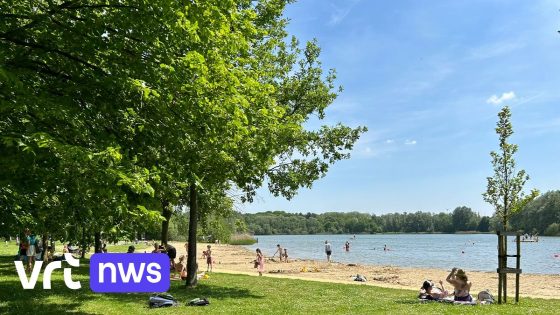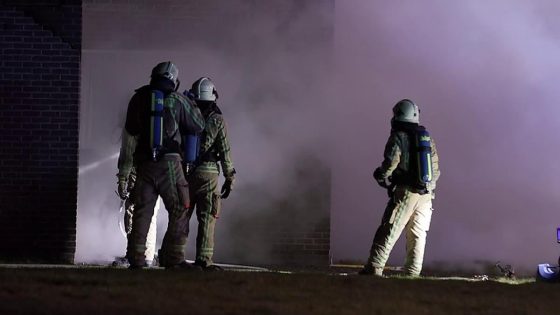Blauwalg is becoming an increasingly common concern in Belgium, especially in Flanders. This cyanobacteria thrives in stagnant water and can pose health risks to both humans and animals. As of 2025-08-18 21:10:00, awareness about blauwalg has grown due to its frequent appearances in local ponds and lakes.
- Identify blauwalg as cyanobacteria causing health issues
- Recognize blauwalg by blue-green or red-brown color
- Note blauwalg thrives in stagnant water bodies
- Avoid contact to prevent vomiting and headaches
- Detect blauwalg by its strong, oily smell
- Understand blauwalg's increasing presence in Vlaanderen
How can you spot blauwalg, and why does it matter? The bacteria often show up as a blue-green or reddish-brown oily layer on the water surface, accompanied by a strong, unpleasant smell. Contact with blauwalg can cause symptoms like vomiting, diarrhea, headaches, and respiratory issues.
Understanding blauwalg is essential for anyone enjoying Belgium’s outdoor waters this summer. What precautions should locals take to stay safe? Let’s explore the key facts you need to know.
Why does blauwalg appear more often, and what can we do about it? The rise in blauwalg cases is linked to warmer temperatures and nutrient-rich waters. Should you be worried every time you see discolored water? Not necessarily, but it’s important to stay informed and cautious.
- Blauwalg thrives in warm, nutrient-heavy, stagnant water bodies.
- It produces toxins harmful to humans and pets upon contact or ingestion.
- Recognize blauwalg by its blue-green or reddish-brown oily film and strong odor.
- Local authorities often issue warnings when blauwalg levels are high.
As blauwalg continues to challenge water safety in Belgium, staying vigilant and following local health advisories is crucial. Will you check the water before your next swim? Protect yourself and your family by staying informed and avoiding contact with suspicious water bodies.
































